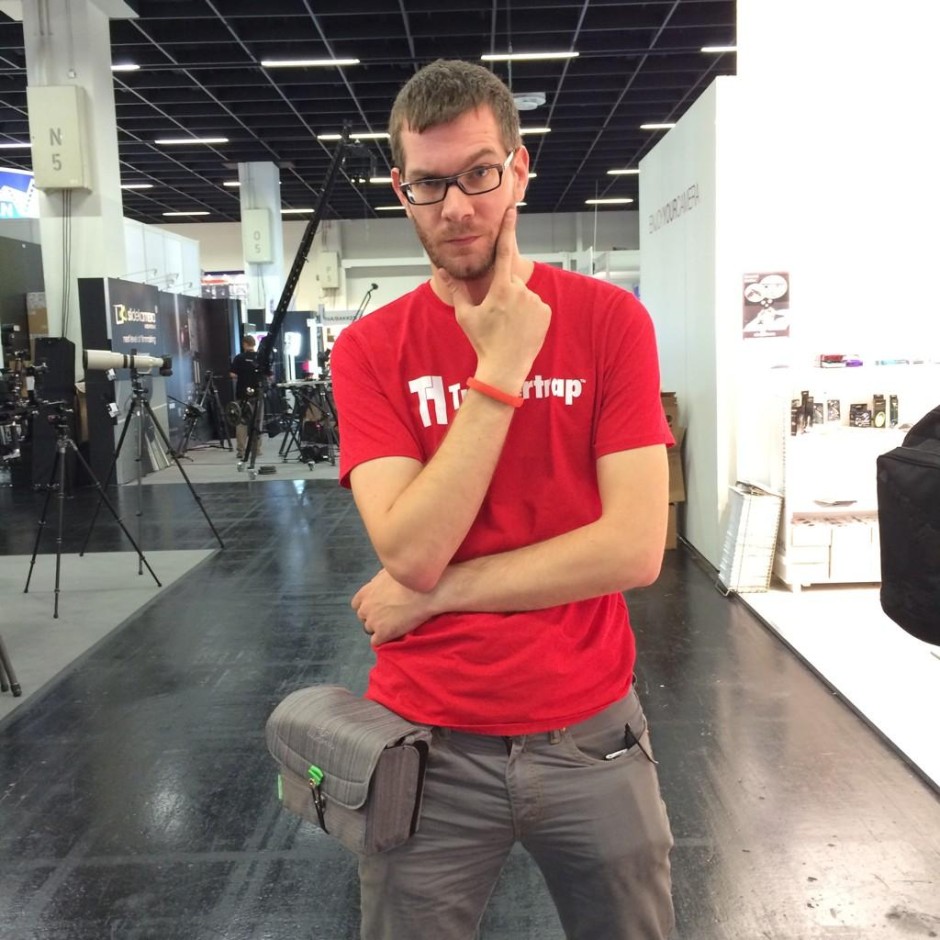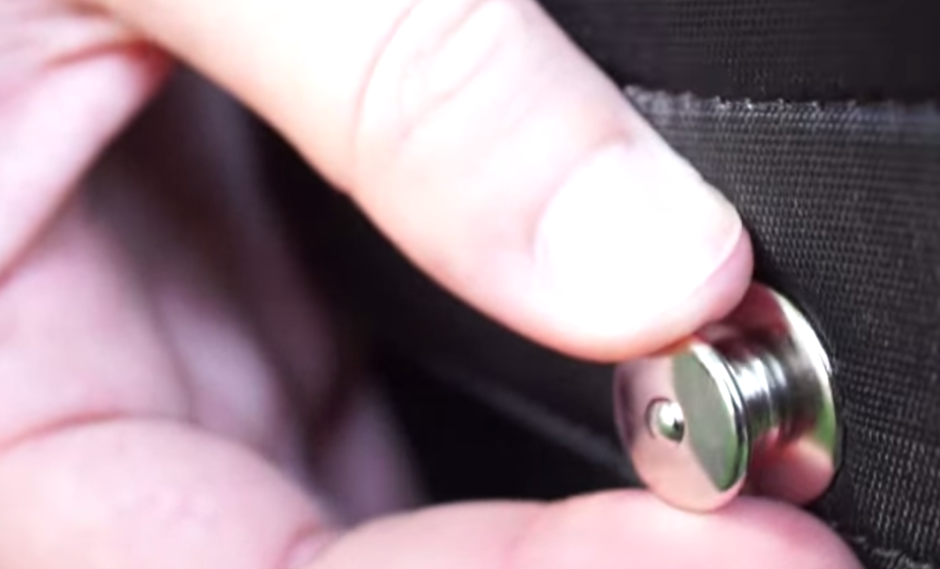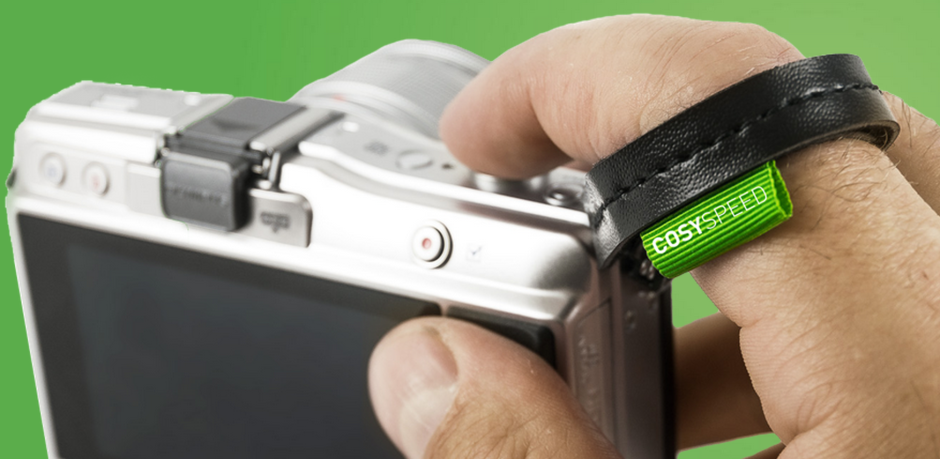Team Photocritic has already had its paws on a Cosyspeed Camslinger. What about the Streetomatic?
Review: Cosyspeed camera bags
I'm not known for my physical exercising prowess - in fact, thinking of going to the gym sends me into cold sweats, which means that I felt I've exercised, so I don't go. When I realised I was going to have to spend six days straight at Photokina, on my feet, demoing demoing my little heart out for my day job, it served as a great reminder for why I stopped carrying a full-size SLR camera: Less weight = less exercise. Perfect. At Photo Plus back in October, I first saw the Sony A7, and I fell a little bit in love. I traded in my Canon 6D in favour of a Sony A7, and I haven't looked back - to my particular photography needs (I travel a lot, I want high quality photos, I don't really do sports, and I don't need fast auto-focus), the A7 is a perfect camera.
However the A7 is still an expensive piece of kit, and carrying it around safely for six days straight was always going to be a challenge: I need it to be easily available for demoing Triggertrap to people, but I also need it to be safely stashed away. That's where Cosyspeed Camslinger 160 comes in.
Cosyspeed is a relatively new company, and they're focusing on making product especially for mirrorless cameras (hence the name - Cosy, I'm going to guess, is short for Compact System, which is one of the names that didn't quite stick for mirrorless cameras, alongside 'EVIL' - short for Electronic Viewfinder, Interchangeable Lens). The camera bag comes in two sizes, the slightly smaller 105, and the larger 160. Both of them are designed to wear at the hip - and it does make you feel a little bit like a cowboy wearing them.
I've tried a great many carrying systems in my life; some of them - especially Peak Design's offerings - are fantastic for large SLR cameras with honking great lenses attached. But the one problem all other carrying systems have, is that you have to keep your camera exposed to the world: Unprotected from rain or bumps. Of course, with a full-size camera, you don't really have the option of protecting it - but surely, these kinds of innovations are precisely why we are looking at more compact cameras in the first place?
I was amazed by the Cosyspeed Camslinger bag - I wore it for 6 days, 12-16 hours per day, and I was constantly demoing, so I found myself accessing the bag hundreds of time per day. It's a great quick-draw solution, meaning that your camera can stay protected whenever you don't need it - and easily available when you do need it.
At this point, I briefly have to sing the praises of the closing mechanism...
I've never seen these kind of pushbuttons used on a camera bag before, but they're brilliant. To close it, you simply push down, but at that point, the bag is securely closed (you can also use the bungee cord to add a second layer of security on top). It takes a little bit of time to get used to, but it's a fantastic system, meaning I can have my hands free, then suddenly just magic my camera out of the bag to show someone something (or to take a photo, of course).
With the bag, it doesn't really make sense to use a camera strap - good job, then, that the guys have also created a finger-strap. I think in the longer term perhaps a proper hand-strap might be a better way go to, but in the couple of weeks I've used the fingerstrap, I've grown to love it - it's small and simple, and just means you have a second chance in case someone bumps into you and you drop the camera - another advantage of the mirrorless cameras, of course: Try trying to save a full-size camera with one finger!
All in all - if you shoot with a compact SLR or a mirrorless camera, I think it's very much worth giving the Cosyspeed bags a closer look - They are by far the best camera bags for mirrorless cameras out there - They're well designed, well made, and I'll certainly be using mine for many years to come - it's a perfect match with my Sony A7 and the way I like to shoot.
Owning a camera doesn't make you a photographer; neither does a camera bag
I'm not certain how the tweet ended up in my Twitter timeline. I don't follow the company in question. Possibly it was as a result of Twitter's new-fangled algorithm that it implemented recently. It shares tweets with you that have been favourited by people whom you follow. However I came to read it, it left me feeling marginally despondent.
100% accurate. Who agrees!? #photography #cheekylime #camera pic.twitter.com/2mamXLTWBX
— Cheeky Lime (@CheekyLime) August 16, 2014
No my darlings. I don't agree. It's neither my camera nor my camera bag that makes me a photographer. It's me. I make me a photographer. I'm sure you did this with the best of intentions and you just wanted to draw attention to your range of camera bags with a quirky slogan and a pretty picture. However, you've overlooked an important detail: you've just denigrated the very people to whom you're attempting to sell your product. By suggesting that being a photographer is down to kit, you've ignored the skill and craft that photographers hone, the hard work that they dedicate to making each picture better than the last.
I suppose it's an easy mistake to make. Ask any photographer how often they've heard 'You're a photographer? You must have a really great camera!' and you'll be met with any combination of head-shaking, teeth-gnashing, or groaning and a reponse along the lines of 'Too many!' But as a company that's meant to work with and support photographers, it's terribly disappointing. I thought that you guys might've understood.
It doesn't matter which craft you practise—whether you're a photographer or a saddler or a dancer—the principal factor behind anyone's success is her or himself. It is about skill and dedication and a willingness to learn, to experiment, to try, to fail, and to try again. It's about a constant desire to improve. Kit? That's always way, way down the list.
Take a peek inside other photographers' bags with InMyBag
When I was growing up, I was taught that it was rude to go ferreting around in a lady's handbag. Yes, your mother might have a handkerchief in there, but no you don't fish it out for yourself. It's a principle that applies to any bag, including camera bags. But don't you ever wonder what other photographers schlep around with them? If you are a bit of a nosey-parker, InMyBag is inviting photographers to open up their bags to public scrutiny so that you can take a look. You can see what a wedding photographer uses compared to a wildlife photographer against a sports photographer versus a portraiture photographer.

More than just having a look at the kit people use, participating photographers also share their favourite images and words of advice. The aim is to build an entertaining, inspiring, educational, and fascinating insight into photography.
Anyone who wants to share their photographic philosophy, their favourite photo, and a shot of the contents of their camera bags can sign up to do so. There's a goodly selection of kit there already, but the more the merrier!
Mix and match with the Gura Gear Uinta
Gura Gear has launched a modular camera bag that you can chop and change depending on how you're planning to use it that day. Whether you're out for a day's street photography, a up-hill and down-dale hike, or a walk with some photography, the Uinta is intended to meet your needs. In addition to the bag, you can purchase modular inserts to secure your kit. Depending on how you want to use the bag, you can configure the modules appropriately. As well as the modules there's an additional Tripod and Hydration System, and the bag has multiple access points, is weatherproof, and has space for a 17" MacBook.
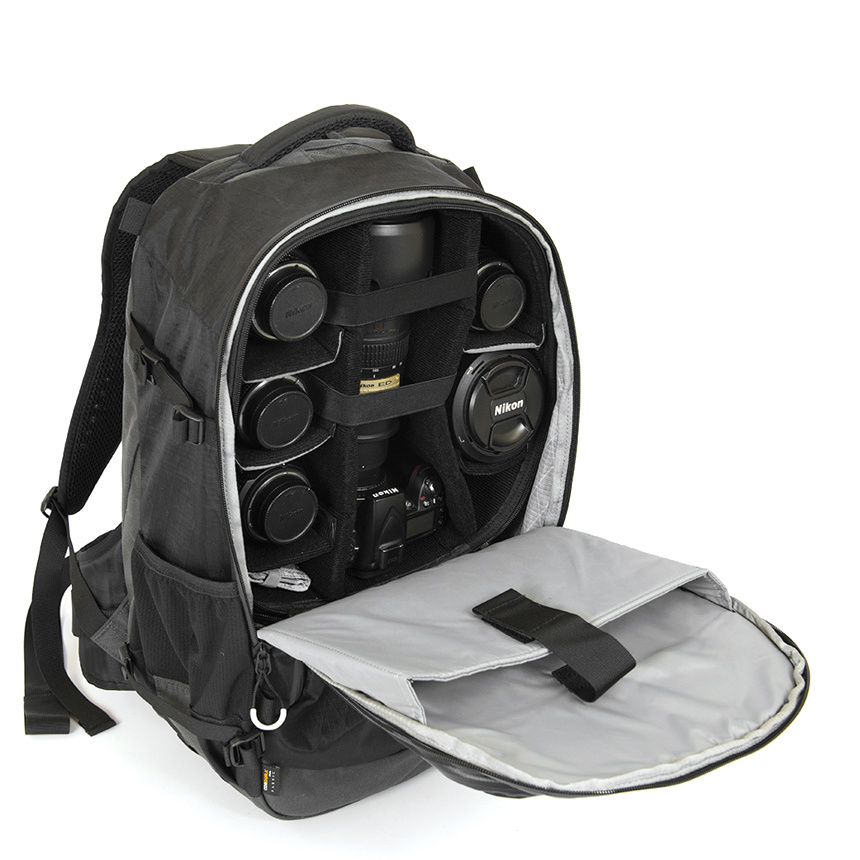
As for those mix-and-match modules, they'll let you:
- Maximise camera storage using both the medium and small modules
- Carry plenty of camera gear towards the top of the bag in the medium module and pack other necessities in the bottom of the bag
- Take just a few pieces of camera equipment with the small module and use the rest of the bag for your other gear. The small module fits top or bottom in the bag, letting you distribute the weight as you need to
- Use no modules at all and just use the bag as a bag
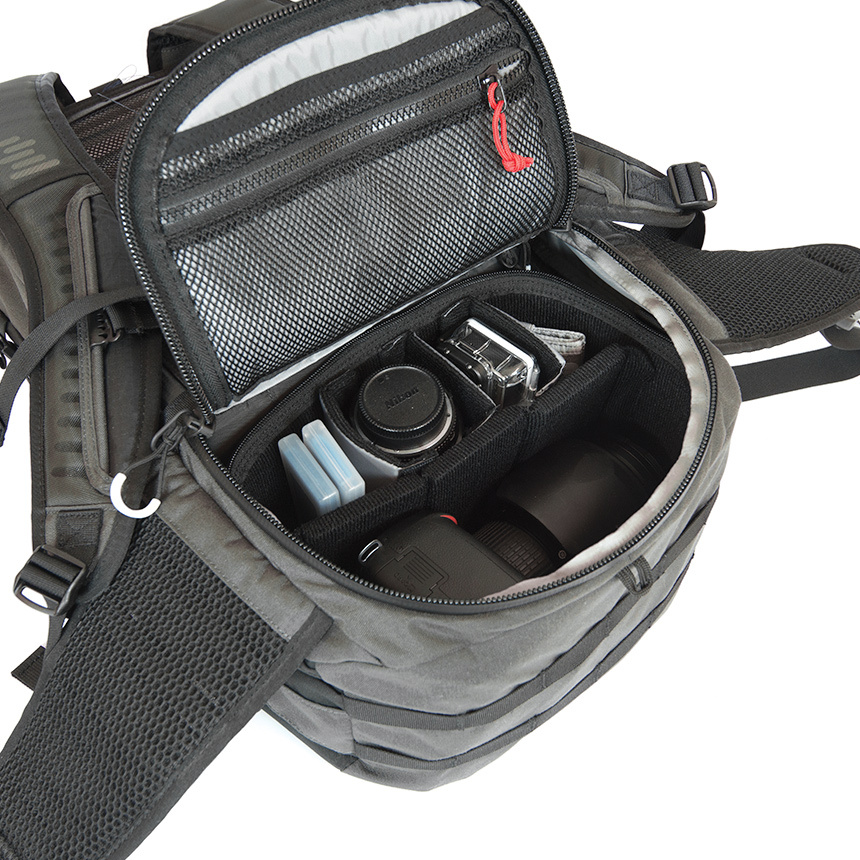
The bag alone costs £120; the small module is another £43, the medium module will cost an extra £55. For the bag and both modules, you'll pay out £217. For the entire kit-and-caboodle, including the Tripod and Hydration system, it's just over £241. What do you reckon, is Gura Gear's Uinta worth it for the flexibility, or on the over-priced side?
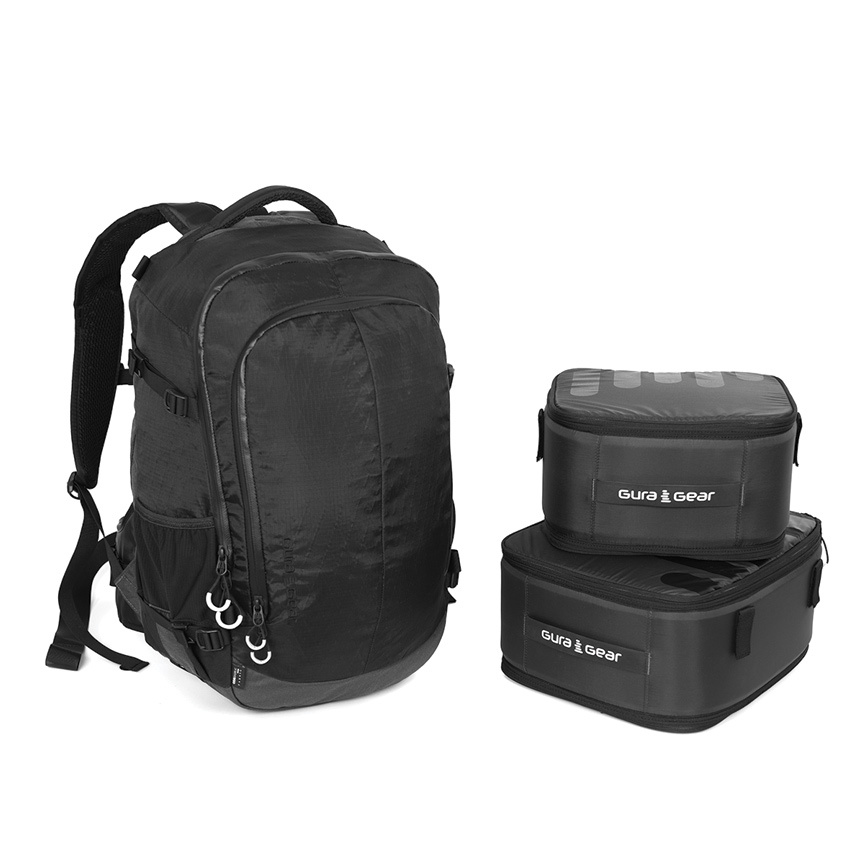
If you fancy one, you can check it out on the Gura Gear website.
Review: Think Tank's Streetwalker Pro camera bag
When Think Tank offered me the chance to spend some time schlepping around my gear in one of their bags to see how it (and I) fared, of course I said yes. Legions rave about their bags and I wanted to give one a go for myself. So I opted for a Streetwalker Pro (the name does have dodgy connotations, I know) and it and my photographic impedimenta have been inseperable since its arrival.
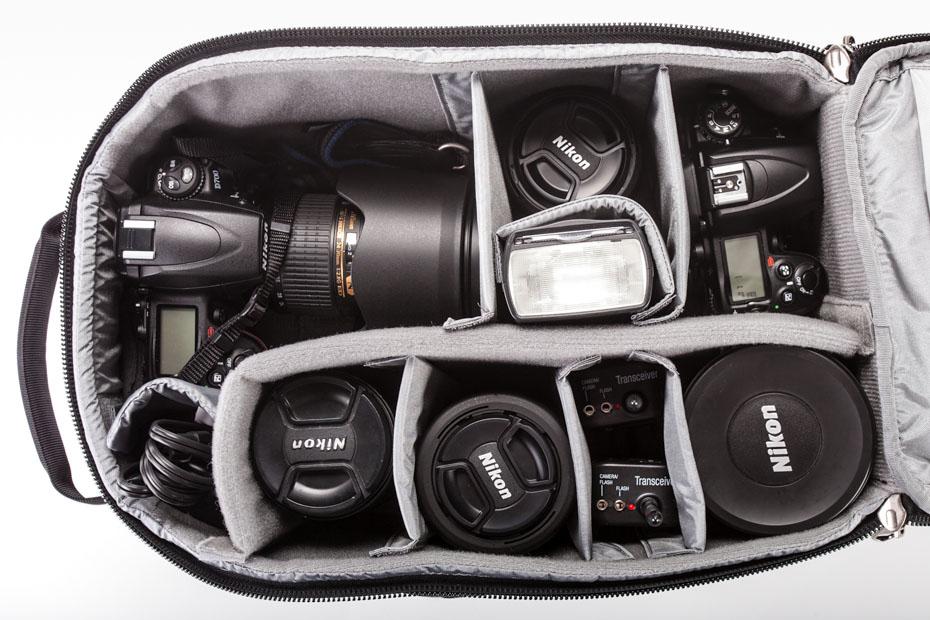
The Streetwalker Pro is intended for use on the move—days out and expeditions when you'll want a goodly selection of gear—but not necessarily travel. There's no laptop compartment in the Streetwalker Pro; for one of those, you'll need to look to its slightly larger companion, the Streetwalker Pro Harddrive. When I say I goodly selection of gear, I really mean it. This bag is a veritable TARDIS. It comfortably holds a full-frame body, a 70-200mm, and between two and four other lenses. You can play divider Tetris and get flashes, cables, remote releases, and all sorts in there, too. It has more pockets than I know what to do with. There's a tripod carrying-system. And it comes with a waterproof cover. If I were to fill it completely, I'd probably not be able to pick it up.
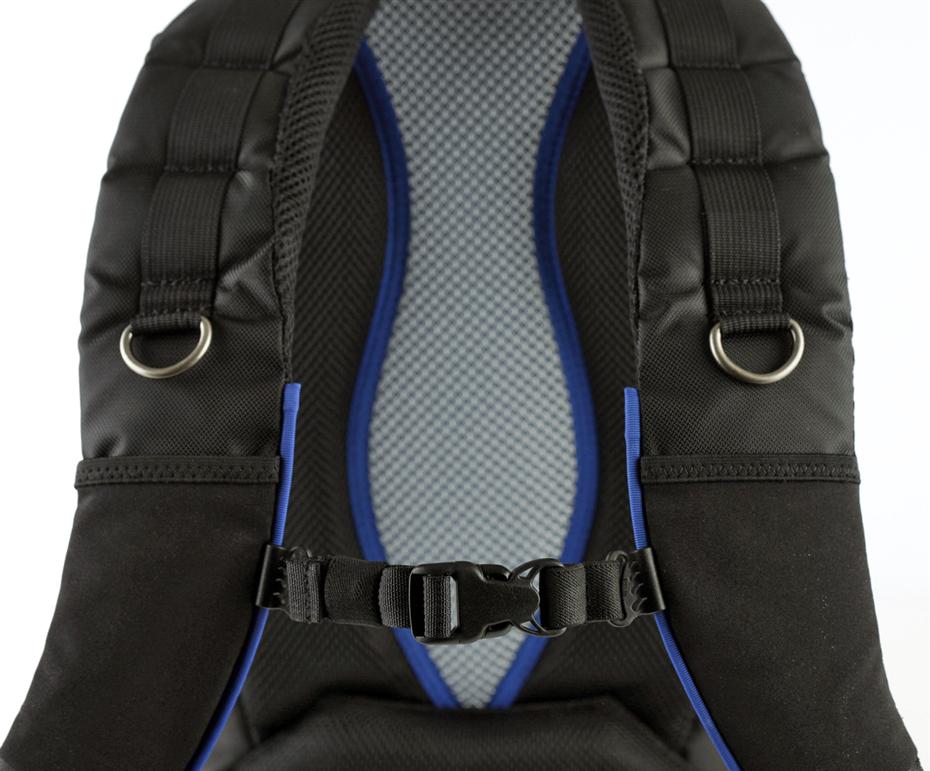
It's also a taller, narrower bag than your average camera bag. For little me, this is a huge boon. I often find myself waddling about beset by a bag that makes me twice as broad as I am normally, which screws with my spatial awareness, particularly when in crowded places. It's plenty comfortable with well-padded straps. The internal padding leaves your gear feeling secure and the build quality means that you don't fear the bag faling apart on you.
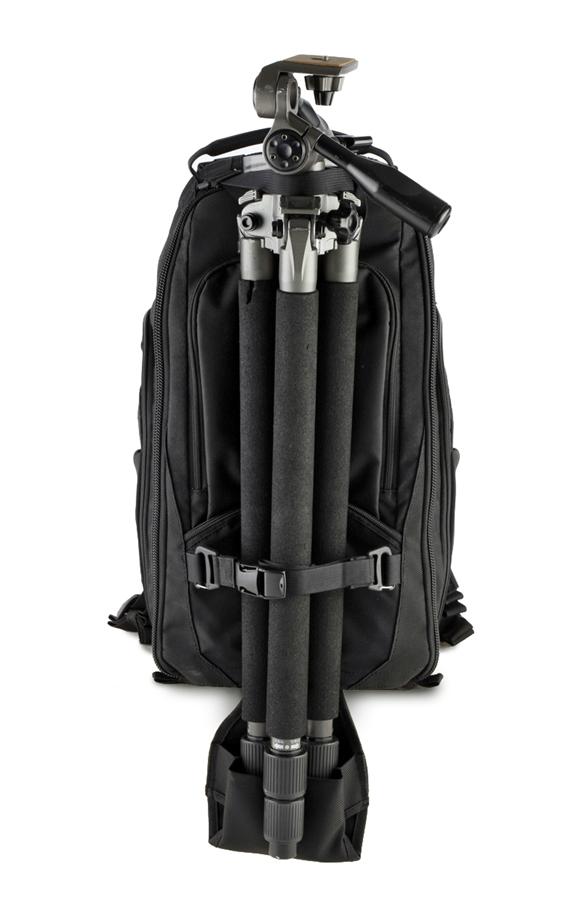
As it's a day-out-taking-photos-bag, having somewhere to put a sweater would be useful, but there's that much space in the bag you could probably stuff it in and not worry too much. If some of the pockets expanded a little more, that would be useful. My biggest concern, however, was that I found I needed to set it down every time that I wanted to open it up, particularly if what I wanted was towards the bottom of the bag. Other people might not find this so problematic, but I'd appreciate some easy-access zips.
At $190, the Streetwalker Pro is a good bag, but it isn't perfect. My quest for the perfect camera bag continues!








